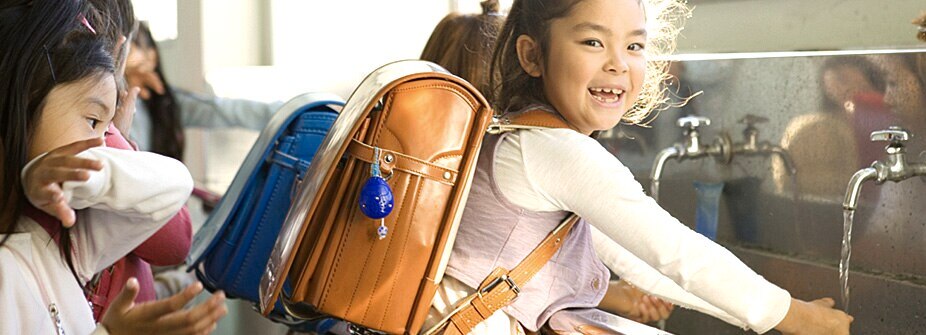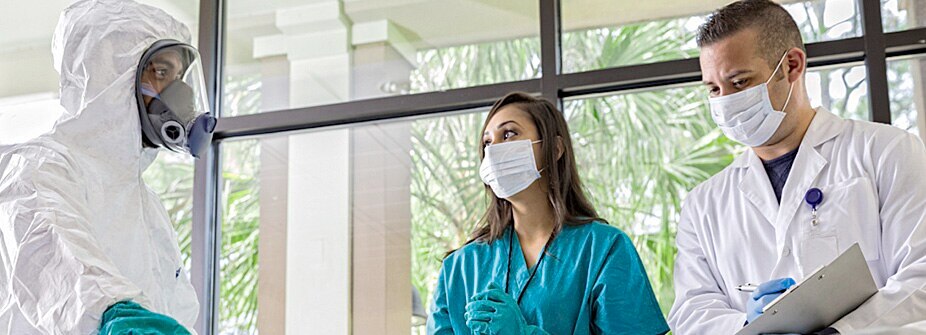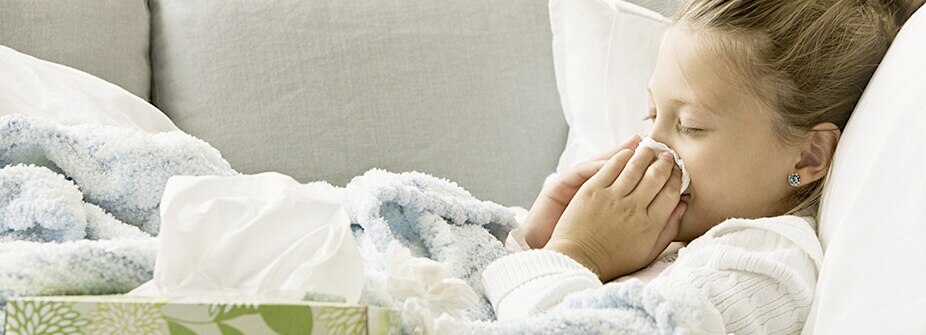Hand hygiene is important. Did you know that we have between 2 and 10 million bacteria between our fingertips and our elbows? Exposure to harmful germs and bacteria such as the ones on our hands causes a whole host of medical conditions, from coughs and colds to vomiting, diarrhoea and even more serious diseases. And these illnesses can have a devastating impact on people’s lives. The good news is that simple handwashing techniques can reduce the chances of an individual contracting a disease, and also limit the spread of infections throughout communities. This is particularly important for caregivers and anyone working in a healthcare setting, as they are our first line of defense.
Worldwide, improved hand hygiene could reduce the infant mortality rate, improve school attendance, decrease work absences due to illness and lead to a better, brighter future for all. So without further ado, let’s learn more hand hygiene facts and the most effective steps of hand hygiene.




